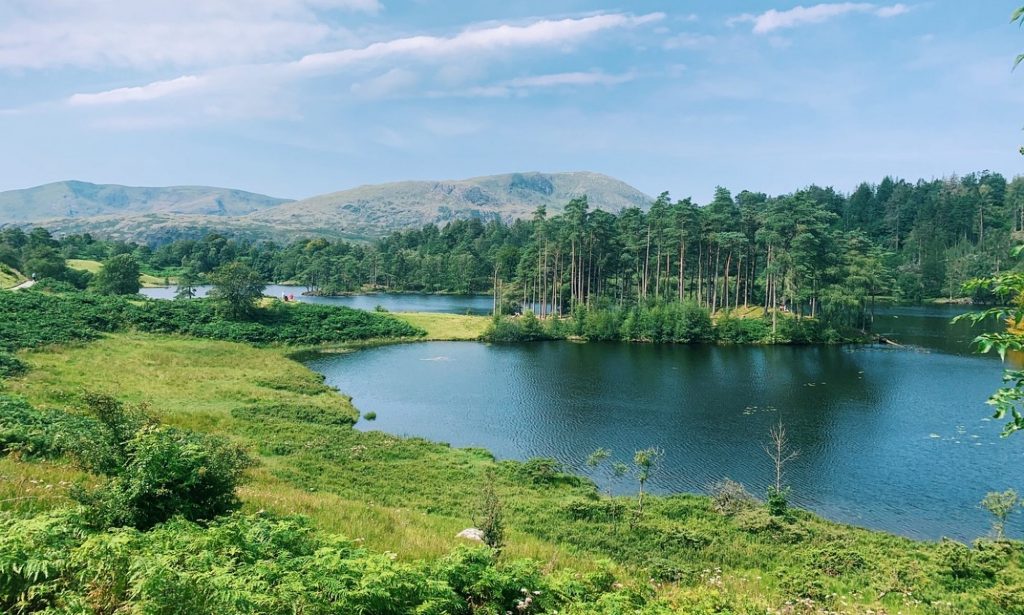I was due to visit Tate Britain to primarily see the Heather Philipson Rupture No1 exhibit on the 2nd July. However, due to some unforeseen circumstances I was unable to visit on that date. Subsequently, I instead visited the exhibition last Friday (9th July) and found the experience both intriguing and inspiring.
Heather Philipson – Rupture No1
Experiencing Philipson’s work was incredibly insightful as to how immersive events can be run. I will now unpack which aspects of the exhibit resonated with me the most and how they made be reflect upon how my own interventions may be run.
Reflection:
I found the use of the speakers becoming part of the exhibit itself rather than hiding them in a corner very intelligent; and something I may look to do when utilising a number of speakers in one space. I also loved the striking use of colour in the exhibit which made me consider the angle of changing the colour of light bulbs in spaces to create a more immersive experience, rather than simply projecting natural images onto the available wall space. The combination of static elements alongside sounds, colours and projections made me consider that I should certainty try to encompass static elements into my technology intervention such as plants or design features, where possible. All of these elements were really working in unison to create the experience and so I will look to developing a similar feeling in my work, not simply through utilising either technology with visuals sound and smells or physical deign features, I will also ensure to try and test both together.
Philipson also utilises projection onto walls and canvases as I am envisaging to do so in my intervention to utilise technology to create an immersive natural experience. The final two images display these moving projections utilised in the exhibit. It was interesting to see physically how it worked in the space, but also how people interacted with it. I observed individuals stood watching the changing projecting for a few moments rather than simply walking through some of the more static elements of the exhibit. This showed promise of the success of projecting moving natural images into hospitality spaces, as hopefully it will engage customers as the projections in Philipson’s exhibit were doing.
Djanogly Cafe
Whilst at the Tate, I explored their hospitality offering in their cafe. The cafe offers a reasonably large space that was basically empty on my visit. Therefore, there is scope to attract people from the exhibits and into this space by connecting them to nature. Especially considering the equipment being utilised in Philipson’s Rapture No1, there could possibly be an opportunity to utilise some similar technology that the Tate already has, in the cafe spaces, to create an immersive natural experience around their food and drink offering.
I enquired with the staff working about the possibility of running an intervention in the space for my project, but they informed me that the relevant staff member to talk to wasn’t there and they didn’t have their contact details to give out. So, I have since rang and emailed to enquired about interventions in this space and I am still awaiting a response.
Cooking Sections Salmon: A Red Herring
Additionally, whilst at the Tate, I stumbled upon the Cooking Sections Salmon: A Red Herring exhibit. This showcases the impact of human actions upon different animals, for instance people demanding the perfect pink shade in their salmon. This exhibit very cleverly utilised a completely white scene and projected differing lights onto the relevant sections as the narration went on.
Reflection:
I thought the idea of a blank canvas and utilising light to bring it to life and change it could be very useful in my own project. For example, in situations where it may not be suitable to bring in new apparatus of differing colours to a space, I could utilise lights differently to change the emotions and feeling of the space through colour by light.
Reflection:
Overall, my trip to the Tate was very worthwhile in providing inspiration as to the execution of my interventions. The visit excited me to get underway with my testing of such ideas, seeking to see if technology can be utilised to connect people with nature.

